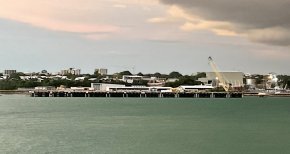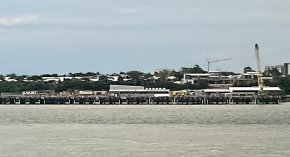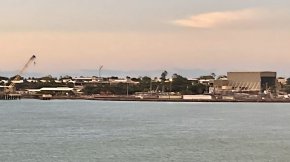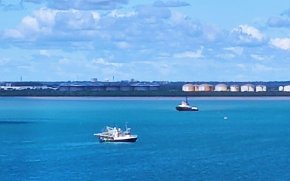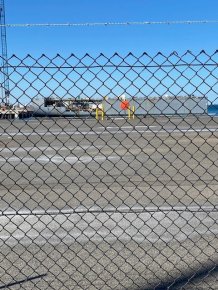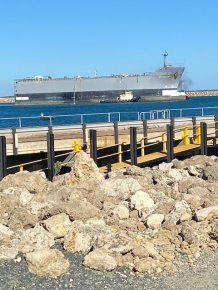This is due in part to not having a continous construction arrangement in place. Failure to order new hulls necessiated the FFGUP programme when the CFA DDG's were paid off and has put the RAN in the position where the ANZAC's have to be upgraded. Same goes for the Collins Class.
A mid-life upgrade can be a very expensive undertaking and a new build is a better option, particularly where new systems require more space and power. Upgrading an existing platform is often a compromise (i.e the top weight issues on the ANZAC resulting in a deeper draft (ballast), lower speed and difficulty in providing expanded systems). Older vessels can be harder (adn more costly) to maintain as well. Basically you don't get the same bang of buck over the remaining life of the vessel.
On selling the vessels being replaced may be an option or they could be mothballed if there appears to be a potention need in the future.
The other significant advantage of continous build are:
- Each batch provides lessons to the next allow interative improvements to each batch fo vessel within a class of vessel. In addition a lot of lessons that can be passed on to the next class of ship which may (or may not) be an evolved version of the last. Much better for retention of corporate knowledge that relearning the lessons.
- You are unlikley to have the same issue with block obsolescence that was seen with the ANZAC (same gear over the run of 10 vessels)
- Industry skills improve bring costs down and yards may not tied up doing significant upgrades to ships that may take years. Hopefully availability will improve as a result.

